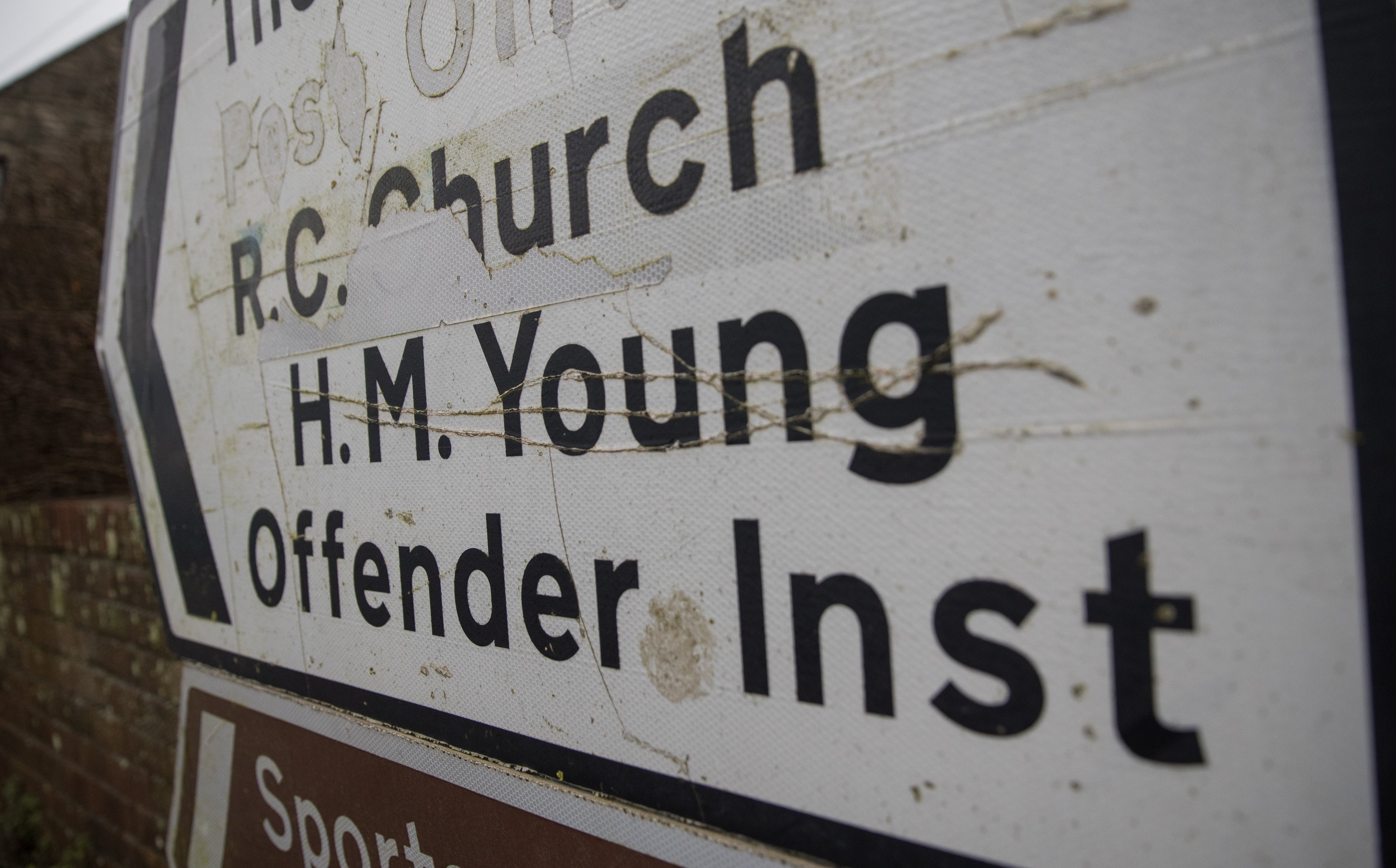Numbers of children in custody set to double by 2024
The opening of a new secure school has been delayed by three years.

Your support helps us to tell the story
From reproductive rights to climate change to Big Tech, The Independent is on the ground when the story is developing. Whether it's investigating the financials of Elon Musk's pro-Trump PAC or producing our latest documentary, 'The A Word', which shines a light on the American women fighting for reproductive rights, we know how important it is to parse out the facts from the messaging.
At such a critical moment in US history, we need reporters on the ground. Your donation allows us to keep sending journalists to speak to both sides of the story.
The Independent is trusted by Americans across the entire political spectrum. And unlike many other quality news outlets, we choose not to lock Americans out of our reporting and analysis with paywalls. We believe quality journalism should be available to everyone, paid for by those who can afford it.
Your support makes all the difference.The Government expects the number of children in custody in England and Wales to more than double by September 2024, according to a new report, while the opening of a new secure school has been delayed by three years.
A report from the National Audit Office (NAO) finds that while the average number of children in custody fell by 73% between 2010-11 and 2020-21, court recovery from the pandemic – alongside the impact of the Police, Crime, Sentencing and Courts Bill, and Government plans to recruit extra police officers – will drive up the number of young people in custody.
It is expected that the number of children aged 15 to 17 in young offender institutions will double, from 343 in July 2021 to 700 in July 2025, the report said.
This would be similar to pre-pandemic levels (737 children were in custody in March 2019/20), but significantly lower than a decade ago – in 2010/11, 2,027 children were in custody in March.
The report also finds that ethnic minority groups are overrepresented in custody.
Over half – 53% – of children in custody in the year ending March 2021 came from ethnic minority backgrounds, up from 32% in 2011.
Black children accounted for 29% of children in custody, compared with 18% in the year ending March 2011.
The report found that around one-third of children in custody reported having a known mental health disorder, while many had other health problems and learning difficulties.
Boys made up 97% of children in custody in 2021, but the report notes that while the proportion of girls held in custody is low, they have some of the most complex needs, and are likely to have experienced sexual and physical victimisation.
The rate of self-harm incidents per 100 children had increased by 90% among children in custody from March 2015 to March 2021, the report said.
It noted that in February 2022, there were 414 children held in custody, either in secure children’s homes, young offender institutions (YOIs) or secure training centres (STCs) and said that there had been “mounting concerns” over the safety of children held in STCs.
It said inspectors had “persistently raised concerns” over the welfare of children in England’s three STCs, rating them as either inadequate or requiring improvement in every year since 2017.
The NAO said that STC “failures” had meant that children were moved to areas of custody that had previously been viewed as unsuitable for their needs.
In 2016, a Government-backed review of the youth justice system recommended the creation of secure schools, which would provide education and rehabilitation to children in a “therapeutic environment”.
The Ministry of Justice said it would create two new secure schools, but the opening of the first one has been delayed by three years.
The first secure school was originally due to open in autumn 2020, but has been delayed until November 2023.
The report said that progress had been slower than expected because of the assumptions made about the timescale at the start of the project, as well as the changes HMPPS (Her Majesty’s Prison and Probation Service) needed to make to meet Ofsted guidance on standards for secure children’s homes and the costs involved.
The Government has said it expects secure schools to provide places for all children, but the provider will have the final say on the children who are accepted.
In July 2019, the Government appointed Oasis Charitable Trust to set up an academy trust to run the first secure school, which is expected to provide 49 places.
Under this arrangement, managers will be able to reject children if they feel they cannot meet their needs.
The NAO said that HMPPS is considering how its funding agreement with Oasis can be used to ensure that there is a place available for every child.
The NAO report also found that the average length of custodial sentences for children has increased from 11 months to 17 months between 2011 and 2021.
A Ministry of Justice spokesperson said: “We are committed to ensuring public safety and the best possible outcome for every child in our care.
“Our new Secure School will put education, healthcare and rehabilitation at the heart of our efforts to cut crime and keep the public safe.”